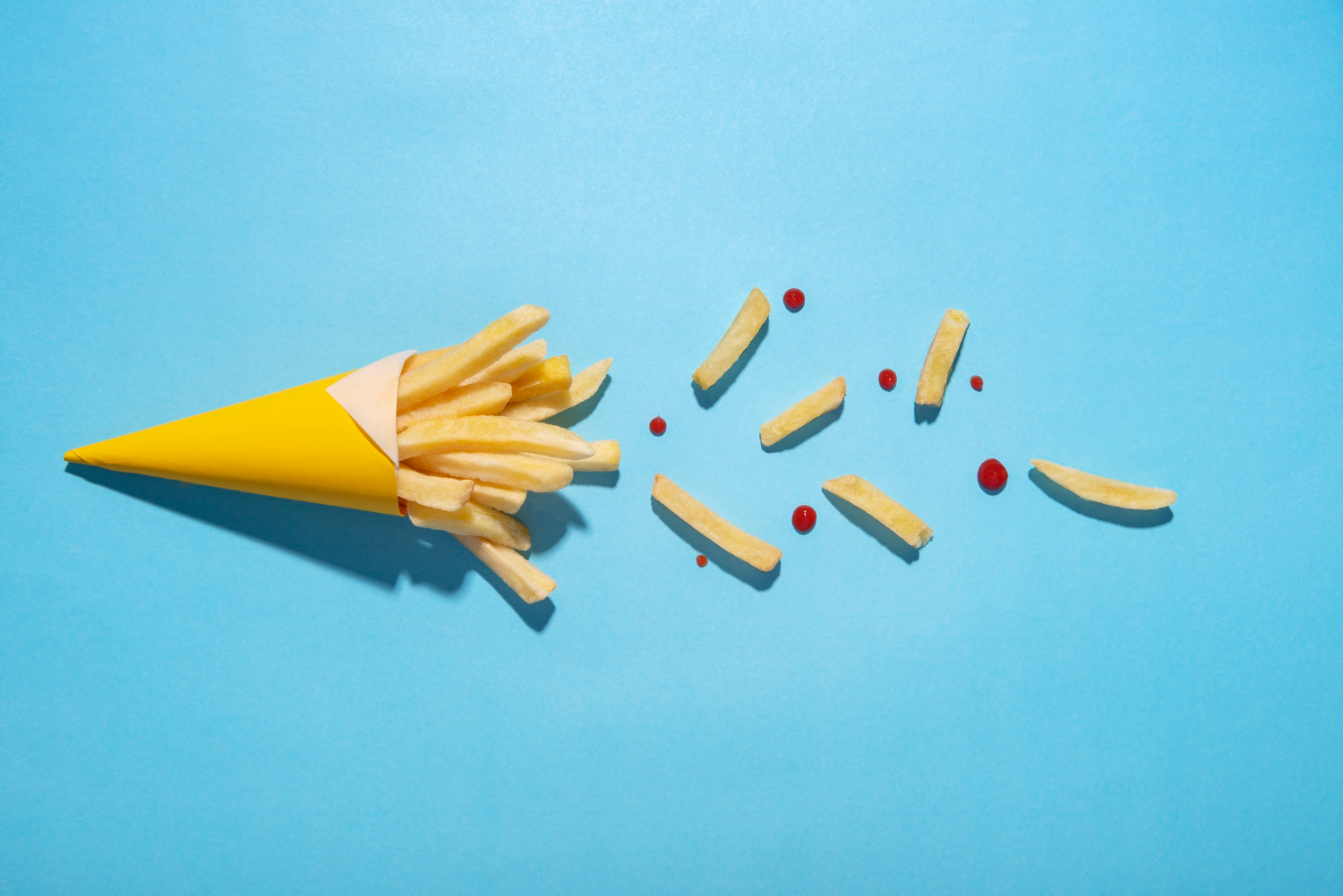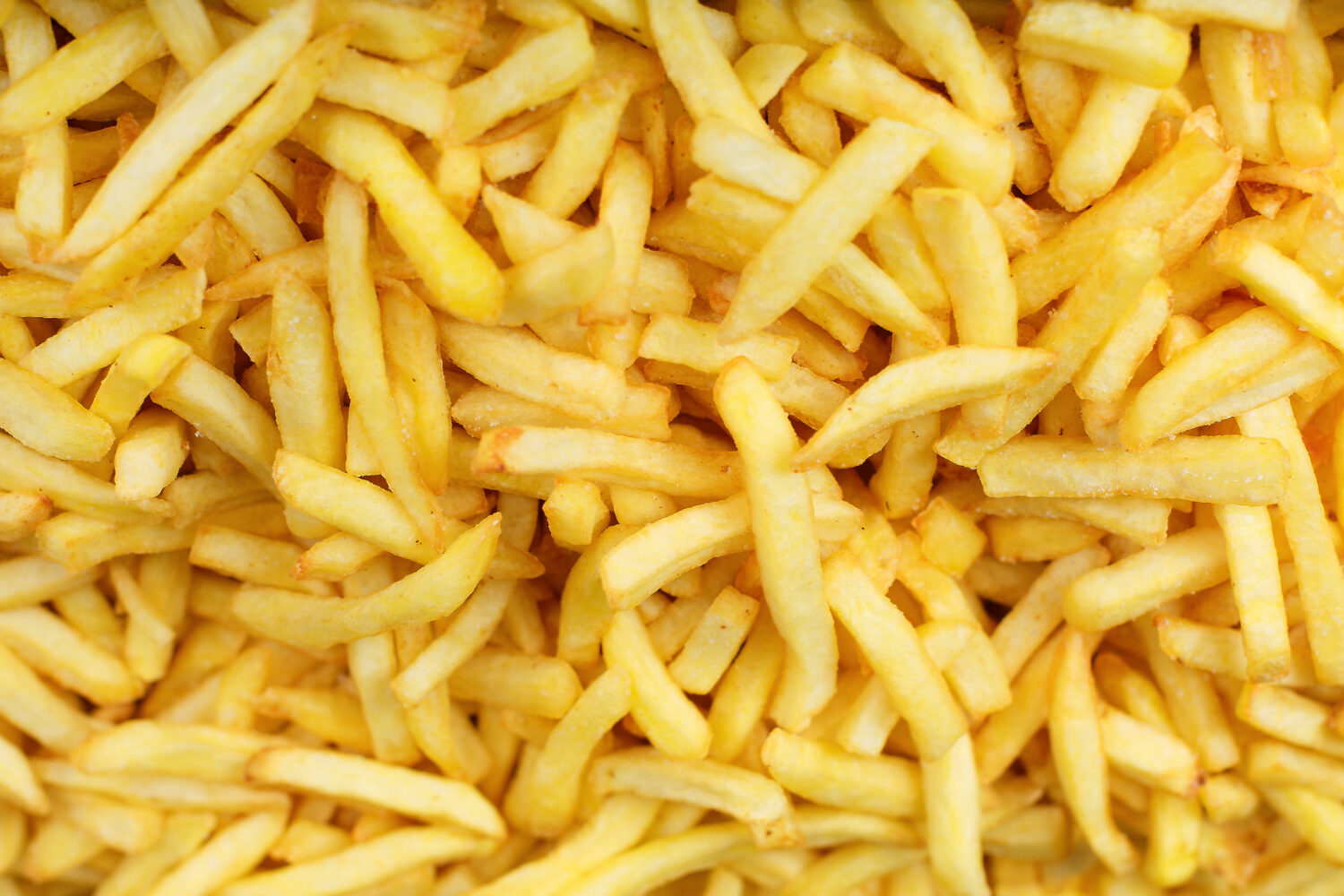Joining the dots of a new French fries line
French fries are a straightforward food. Easy to prepare, enjoyed by everyone, and a good pairing with most meals. But producing the perfect frozen French fries at an industrial scale is anything except straightforward.
Wash, peel, cut, blanch, blanch again, dip and dry; these series of steps and a few more in between are needed before you even start to actually cook the product.
Every stage raises its own technical considerations; How to optimize sorting and grading to balance quality and line yield? How to best align the tuber for optimal cutting? What is the perfect blanching dwell time according to the cut size? How to retain oil quality in the fryer?
Even after addressing all these points, the main question remains: how to integrate all these individual steps into a unified process?

Producing French fries is more than a sum of single processes
In-depth knowledge in this area is sparse, but we discovered a mine of expertise at Kuipers. The Head of Sales and Business Development, Valeria Lucinschi, tells us that all the individual specific processes are specializations in themselves.
Take blanching as an example. ‘’Reducing sugars should not exceed 0.25% Valeria explains, “So a potato variety with a high content percentage means that you need to recirculate the water in your blanching system more often to try and leach out more reducing sugars.”
The overarching goal of the process is moisture evaporation and it begins with drying. This makes room for the oil to enter the pores of the potato and form that crispy layer on the surface. Drying losses, however, must remain between 10-15% to retain the firmness of the strip.
“The manufacturer’s job is to partially cook the product and not evaporate moisture completely,” Valeria notes. The last stage of moisture evaporation before the fries are fully cooked at home or in a restaurant is frying.
Frying is a crucial process and one of the most complex stages in the line. The oil is absorbed by the fry and impacts the taste, so maintaining the frying oil quality is critical. Best results are achieved with a good fryer design and efficient two-way filtration.
Solving the French fry puzzle
Bringing all these separate specializations into one system is an engineering puzzle. Not only are there multiple machines to integrate, but different processes to master.
Valeria points out that automation presents an added challenge in a new production line: “Unless the machines are able to efficiently communicate with each other, the entire process will fall apart’’.
An end-to-end solution combines equipment, automation and process expertise. With all these pieces in place, French fry production finally becomes straightforward.
